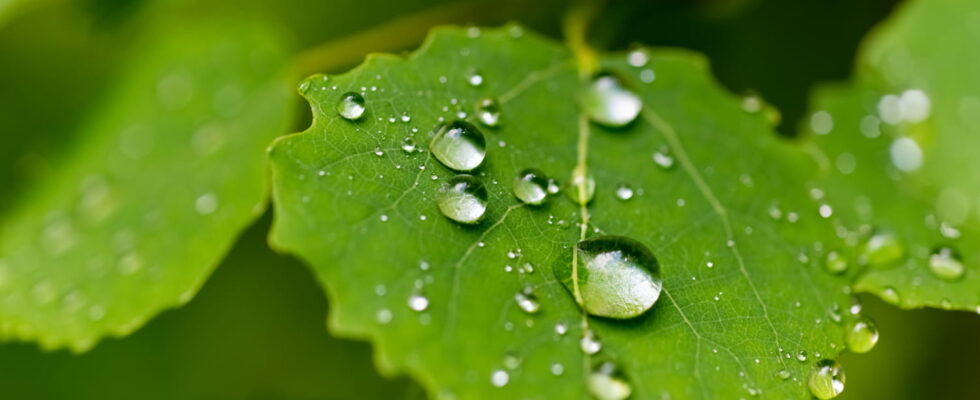A team of scientists has developed a new material capable of capturing moisture in the air to turn it into water. A revolution that could change the lives of millions of humans around the world.
This is a discovery which could well disrupt the lives of millions of inhabitants in several regions of the world, particularly with droughts which are increasing due to climate change. A team of researchers has just developed a revolutionary material capable of capturing water present in the air without requiring energy. This project, led by chemistry professor Pance Naumov, brings together experts from Jilin University, the Smart Materials Laboratory at New York University in Abu Dhabi, and the Center for Smart Engineering Materials. Their invention is based on crystalline materials capable of transforming atmospheric humidity into drinkable water, a technology inspired by living organisms such as beetles and lizards, which survive in arid environments thanks to moisture harvesting systems.
These crystals have surfaces alternating between hydrophilic zones (which attract water) and hydrophobic zones (which repel it). This mechanism allows water to accumulate in the hydrophilic parts before being channeled to a receptacle via the hydrophobic areas. This process requires no external energy source, making it particularly suitable for resource-poor environments such as deserts. Additionally, it occurs spontaneously under ambient conditions, making the technology potentially applicable on a large scale.
This innovation is based on the principle that the earth’s atmosphere contains an immense quantity of unexploited water, estimated at around 13,000 km³. By capturing this water directly from the air, researchers hope to meet water supply needs in regions affected by drought or facing water shortages. Pance Naumov believes that this technology could ultimately play a key role in preventing conflicts over water resources, a growing problem with climate change and global demand for fresh water.
Another major advantage of these crystals is their optical transparency, which allows real-time monitoring of the water collection process. This property could be used to optimize the quantity of water recovered by automatically adjusting the operation of the system according to atmospheric conditions. The crystals, flexible and self-repairing, are able to repeat the cycle of capturing and releasing water without suffering damage, thus increasing their durability.
One of the most impressive features of this technology is its efficiency. Tests carried out show that these crystals can collect up to 15.96 g of water per square centimeter in one hour under high humidity conditions. This performance far exceeds traditional water condensation methods and paves the way for more autonomous and energy-efficient systems.
By transforming air into water, this revolutionary material could be a game-changer for millions of people living in arid regions. By combining innovative engineering and natural inspirations, the researchers hope that their invention can offer a sustainable and accessible solution to the challenges linked to water supply.
